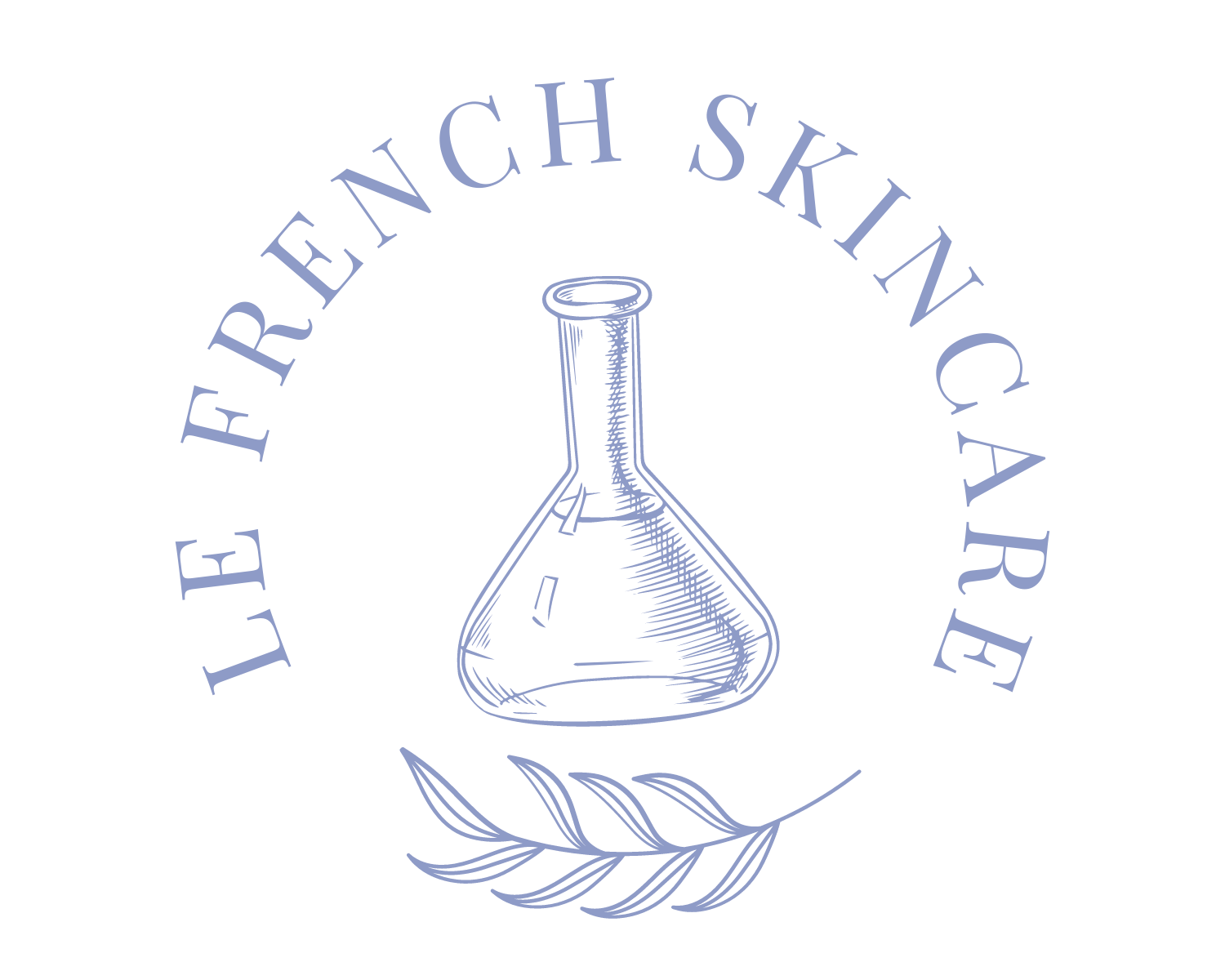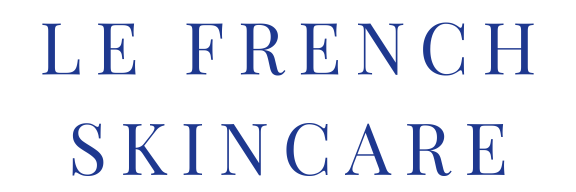As a cosmetic chemist, my passion lies in understanding the intricate formulations of skincare products, particularly when it comes to sunscreens.
These products not only shield our skin from harmful UV rays but also reveal the gap between regulation and consumer expectations. Let me shed light on why European sunscreens stand head and shoulders above their US counterparts
Regulatory Landscapes: FDA vs. European Union
First in the United States, the Food and Drug Administration (FDA) oversees the approval of sunscreens, focusing only on the active ingredients and their efficacy the final sunscreen formula contains.
Conversely, the European Union employs the Cosmetic Regulation which focuses on rigorous safety assessments on the ingredients but also before products can grace the market.
Active Ingredients: A Tale of Filters
The FDA has historically been more conservative, limiting the repertoire to a select few, including avobenzone, oxybenzone, and octocrylene. European counterparts dance to a different tune, embracing avant-garde ingredients like Tinosorb and Mexoryl, celebrated for their superior photostability and broad-spectrum protection. It is this harmonious blend of tradition and innovation that sets European sunscreens apart, elevating sun protection to an art form.
UVB vs. UVA: Bridging the Gap
Another important difference is the protection spectrum UVB and UVA protection underscores another differentiating factor. FDA-approved sunscreens primarily target UVB rays, which are responsible for sunburns. European formulations, on the other hand, prioritize UVA defense, recognizing their role in premature aging and skin cancer.
BLUE LIGHT and IR: they also affect the skin
While Infrared radiation primarily heats the skin, this synergistic effect may exacerbate the damage caused by UV radiation.
Some studies suggest that blue light exposure may contribute to skin aging by generating free radicals and oxidative stress in the skin
Texture and Aesthetics: The Sensorial Symphony
European sunscreens often boast lightweight, velvety textures, delicate fragrances and these makes sunscreen easier to integrate into daily skincare routines. In contrast, FDA-approved sunscreens have historically been criticized for their heavier textures and white cast, attributable to the limited pool of approved filters.
Innovation and Evolution: The Road Ahead
While the FDA prioritizes safety and efficacy, European formulations champion innovation and user experience.
As a French cosmetic chemist and esthetician I look for sunscreens that marries efficacy, safety, and elegance, for a safer day under the sun.
I look for a full protection spectrum, knowing
UVA radiation: 315 nm to 400 nm
Far UVA radiation: 320 nm to 400 nm
UVB radiation: 280 nm to 315 nm
Blue light: 450 nm to 495 nm
Here are facts on popular sunscreens:
ZINC OXYDE or TITANIUM DIOXYDE
Natural aka Organic aka mineral
Endocrine disruptor: no
🪸reef safe: yes
Acne safe: yes
Sensitive skin safe: yes
UVA, Far UVA radiation UVB radiation, IR
Sensitive skin? Follow our regimen
IRON OXYDES:
IRON OXYDES:
Organic aka mineral
Endocrine disruptor: no
🪸reef safe: yes
Acne safe: yes
Sensitive skin safe: yes
Blue light: 450 nm to 495 nm
AVOBENZONE
Chemical
Endocrine disruptor: yes
🪸reef safe:yes
Acne safe: no
Sensitive skin safe
UVA radiation
OCTINOXATE
Chemical
Endocrine disruptor: yes
🪸reef safe: no. Banned in Hawaii, Key West (Florida), Palau
Acne safe: no
Sensitive skin safe: moderate
UVB radiation
OCTISALATE
Chemical
Endocrine disruptor: no
🪸reef safe: no
Acne safe: yes
Sensitive skin safe: yes
UVB radiation
OXYBENZONE
Chemical
Endocrine disruptor: yes
🪸reef safe: no banned in Hawaii
Acne safe: yes
Sensitive skin safe: yes
UVA radiation a little
UVB radiation
MEXORYL SX
Chemical
Endocrine disruptor: no
🪸reef safe: yes
Acne safe: yes
UVA radiation
MEXORYL XL
Chemical
Endocrine disruptor: no
🪸reef safe: yes
Acne safe: yes
UVB radiation
PABA
Chemical
skin irritant
banned in Europe, Japan and Canada
Endocrine disruptor: no
🪸reef safe: yes
Acne safe: no
UVA
UVB
Iscotrizinol (Diethylhexyl Butamido Triazone)
UVB a little UVA
EUROPE ONLY SUNSCREENS
TINOSORB S or Bemotrizinol or Parsol shield (Bis-Ethylhexyloxyphenol Methoxyphenyl Triazine or Methylene Bis-Benzotriazolyl Tetramethylbutylphenol)
Chemical
Endocrine disruptor: no
🪸reef safe: yes
Acne safe: yes
Sensitive skin safe: yes
UVA radiation
Far UVA radiation
UVB radiation
MEXORYL 4000
Chemical
Endocrine disruptor: no
🪸reef safe: yes
Acne safe: yes
Sensitive skin safe:yes
UVA radiation:
Far UVA radiation
UVB radiation
UVINUL A Plus (diethylamino hydroxybenzoyl hexyl benzoate)
Chemical
Endocrine disruptor:
🪸reef safe:yes
Acne safe: yes
Sensitive skin safe: yes
UVA radiation
UVINUL T (Ethylhexyl triazone)
Chemical
Endocrine disruptor:
🪸reef safe:yes
Acne safe: yes
Sensitive skin safe: yes
UVB radiation
ENSILIZOLE (phenylbenzimidazole sulfonic acid)
water soluble UVB filter




